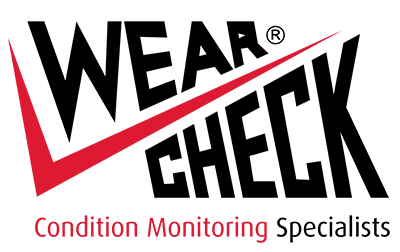Displaying items by tag: WearCheck Sampling
Oil Sampling
Oil sampling is the most critical aspect of oil analysis. Errors in obtaining a representative sample impair all further oil analysis efforts. There are two primary goals in obtaining a representative oil sample:
Maximise Data Density - simply stated, samples should be taken in such a way that there is the most information per millilitre of oil possible. This information relates to such criteria as cleanliness and dryness of the oil, depletion of additives, and the presence of wear particles being generated by the machine. For instance, taking samples downstream of filters would be contrary to this sampling goal since the filter would effectively remove much of the data before it could get to the sample bottle.
Minimise Data Disturbance - Samples should be extracted in such a way that the concentration of information is uniform, consistent and unaltered by the sampling process. It is important to make sure that the sample does not become contaminated during the sampling process. This can distort the data, making it difficult to distinguish what was originally in the oil from what has come into the oil during the sampling process. For example, sampling oil with a dirty sample bottle can result in data disturbance (a false positive in this case).
[Extract from the book "Oil Analysis Basics” - Second Edition”, by The Noria Corporation (The book has many contributors)]

